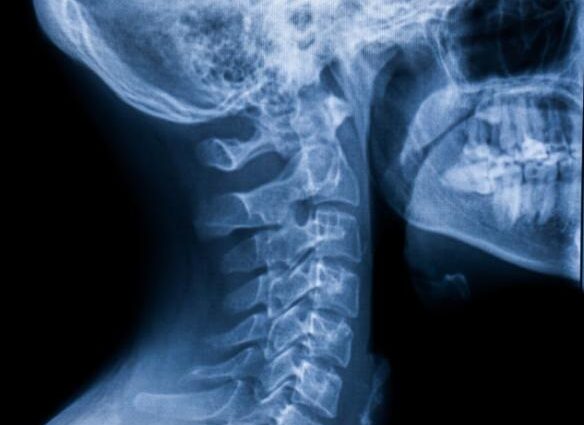Contents
X-rays for infants: is it possible, how they do, harm, consequences
When a doctor prescribes an X-ray for a baby, parents begin to doubt. Is it worth the risk and expose the baby to destructive radiation, and what will be the consequences of this procedure.
Is it possible to do an x-ray for infants and when is it prescribed?
X-ray examination, or scanning of the body using electromagnetic waves, is performed to identify hidden pathologies. Waves freely penetrate the tissues and all imperfections invisible to the ordinary eye appear in the resulting image.
X-rays are prescribed for infants only for vital indications.
Doctors are extremely careful in prescribing x-rays to infants. But there are cases when without such an examination it is difficult to make a diagnosis and conduct a course of timely treatment.
Such pathologies include:
- childbirth injuries;
- injuries to the nose, although irradiation of the baby’s head is undesirable;
- purulent pathologies of the nasal sinuses, nasopharynx;
The course of these diseases threatens the life of the baby. Therefore, a timely diagnosis and proper treatment are the key to the health of a newborn. The doctor decides how many times and when to take an x-ray, taking into account the severity of the child’s condition.
How do babies take x-rays
For the procedure, contact qualified specialists in centers with modern medical equipment. With children under 12 years old, a parent remains in the office, who puts on a special protective apron.
The baby’s body, except for the part with pathology, is also covered with capes impenetrable for irradiation. The thyroid gland, testes (boys), pelvic organs (girls) should never be exposed to radiation. They are always closed.
The harm and consequences of X-ray examination
There is a possibility of adverse effects of X-ray irradiation. It is small, but it still exists. Parents should be aware that it is the doctor who takes responsibility for the need for the procedure. He decides how far the establishment of the correct diagnosis outweighs the possible risk of exposure.
The modern equipment of the diagnostic centers makes it possible to reduce the time of baby’s irradiation and minimize the risk of adverse consequences.
It is necessary to adequately assess the passage of X-rays for the newborn. But it is also worth remembering that modern life in megacities with an increased radiation background, radiation from household appliances and computers every day creates the risk of getting much more radiation than from X-ray examinations.










